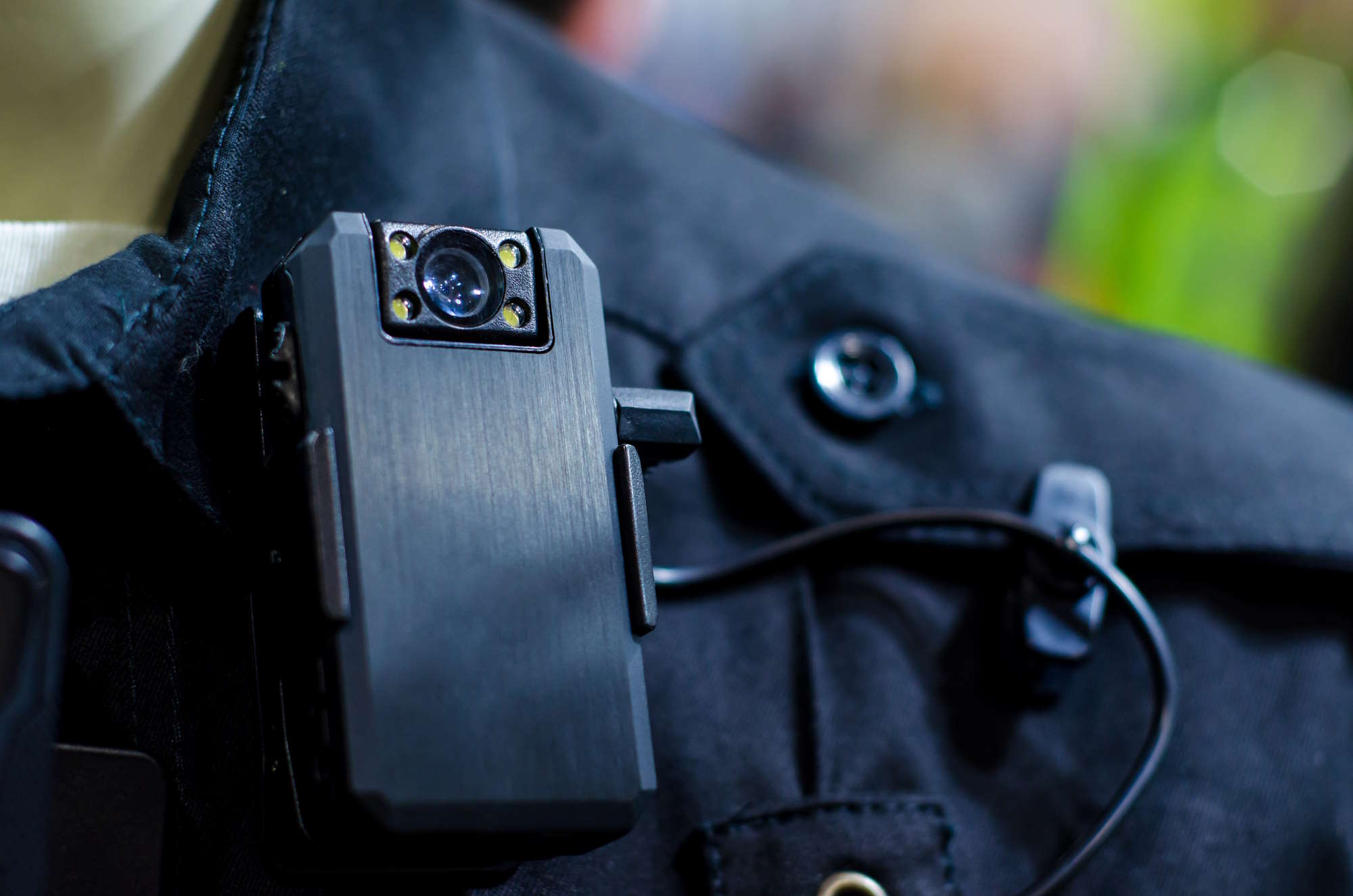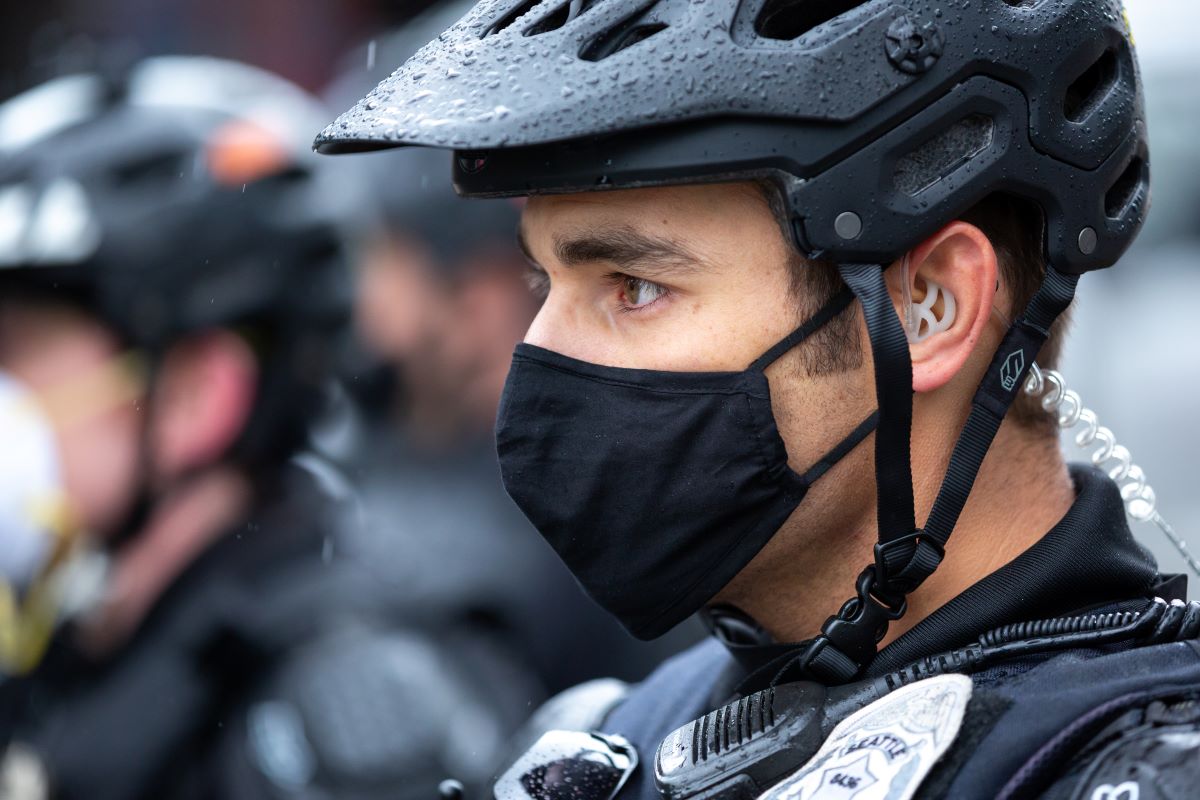Police officers are at a greater risk of dying by suicide than the general public, and even more likely to die by suicide than in the line of duty, according to evidence from prior research. But many fundamental questions have remained unanswered for lack of comprehensive data: who, where, how, in what roles, and in what circumstances are public safety personnel dying by suicide?
CNA has begun to address those questions, recently publishing the first examination of a systematic, national, and comprehensive effort to collect data on the extent of public safety deaths by suicide. This new research brief is an analysis of a database compiled by First H.E.L.P., an organization that voluntarily collects data on suicides of law enforcement, correctional officers, firefighters, emergency medical personnel, and 911 telecommunicators. Our report focuses specifically on law enforcement and corrections personnel, examining the 1,287 deaths by suicide that were recorded from 2016 to 2022.
Suicide Data Findings
Among many other findings, the analysis found that annual public safety personnel deaths by suicide rose from 152 in 2016 to a peak of 234 recorded deaths in 2019 before declining during the pandemic. The number of deaths climbed again in 2022. It is possible that some of these changes are affected by data availability. As families, friends, and colleagues become increasingly willing to confront the stigma surrounding suicide and mental health, they may have become more inclined to provide the kind of voluntary data First H.E.L.P. collects. First H.E.L.P. has also suggested that the pandemic may have provided public safety personnel with a renewed sense of purpose, potentially reducing the incidence of suicide in 2020 and 2021.

Source: CNA analysis of First H.E.L.P. data.
Data Table
| Year | Officer Deaths by Suicide |
|---|---|
| 2016 | 152 |
| 2017 | 175 |
| 2018 | 187 |
| 2019 | 234 |
| 2020 | 184 |
| 2021 | 172 |
| 2022 | 183 |
Another important finding showed that 60 percent of officers who died by suicide were known to be experiencing some life challenges. The most prevalent of these challenges was depression, affecting 34 percent of those officers who died by suicide. It was followed by post-traumatic stress disorder, or PTSD, reported among 27 percent of officers. Taken together, mental health issues emerged as the category of life challenge affecting the highest proportion of public safety personnel, with 46 percent experiencing depression, PTSD, another mental illness, childhood trauma, or grief from the recent loss of a loved one. The second highest category was work-related challenges, encountered by 25 percent of these individuals. Another recent CNA report examining the work and life stressors among public safety personnel identified the most prominent stressors to be work/life balance, lack of support, being overworked and experiencing burnout, and challenges with colleagues.
Despite the majority of this group experiencing adversity, only 23 percent were reported to be seeking any kind of help. Approximately 17 percent of officers sought assistance for PTSD, and 7 percent sought any form of mental health treatment. CNA has previously explored deterrents to seeking mental health support, including concerns related to confidentiality, cultural competency, and stigma.
The data also indicate that White individuals account for 80 percent of deaths by suicide in this population, though they make up 69 percent of the public safety workforce. This is not entirely surprising. Studies of the broader U.S. population have found that Black individuals often exhibit lower rates of depression and anxiety than their White counterparts, despite facing greater exposure to stressors that typically undermine mental well-being.
We found that firearms were used in 82 percent of public safety personnel deaths by suicide. Since public safety personnel have greater access to firearms as a result of their profession, they must be afforded stronger protections against their unsafe use, including secure firearm storage. These are just a sampling of the findings contained in our report.
The Law Enforcement Suicide Data Collection Act
The insights afforded by analysis of First H.E.L.P. data hint at the necessity of a truly national dataset on suicides of public safety personnel. In 2020, Congress enacted the Law Enforcement Suicide Data Collection Act, which tasks the FBI with collecting national data on suicides. However, the FBI collects these data directly from law enforcement agencies, with limited success so far. The FBI reports 50 suicides for 2022, submitted by just 39 law enforcement agencies nationwide. In contrast, First H.E.L.P. data reported 183 deaths by suicide using submissions from friends, family members, or acquaintances, as well as Google Alerts and social media. The work by the FBI is in its early stages, and it's essential to recognize and address any shortcomings in the existing data collection processes. There is a pressing need for further refinement and expansion of federal data collection methodologies to achieve a more comprehensive understanding of this critical issue on a national level.
The prevalence of deaths by suicide among public safety personnel is a public health crisis that affects the safety of all. Not only should we ensure the well-being of public safety personnel for humanitarian reasons, but the current level of stress experienced by public safety personnel is unsustainable—as indicated by waning national staffing levels. CNA analysts work with public safety agencies across the country to improve agency member well-being, and recently partnered with command staff of several public safety organizations to provide a webinar on organizational stress. This webinar provided an opportunity for peer learning about supervisory stress and the importance of the command staff in reducing organizational stressors for their supervisees. Continuing to address these work-related stressors is critical, as each death by suicide in the public safety community is already one too many.



